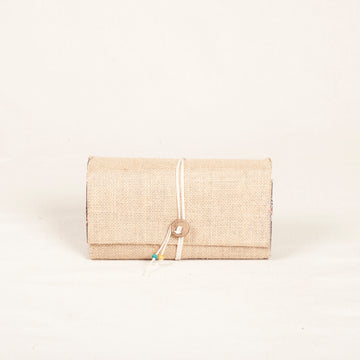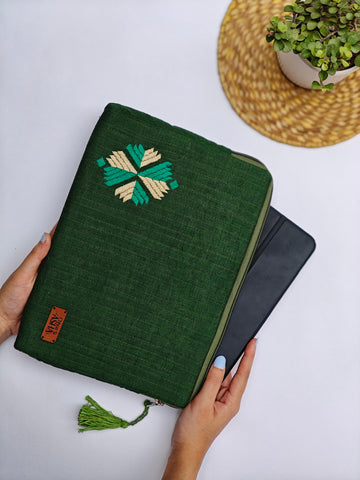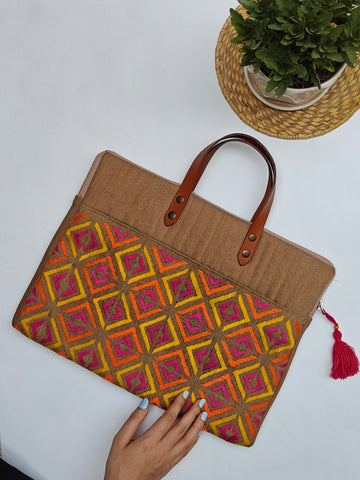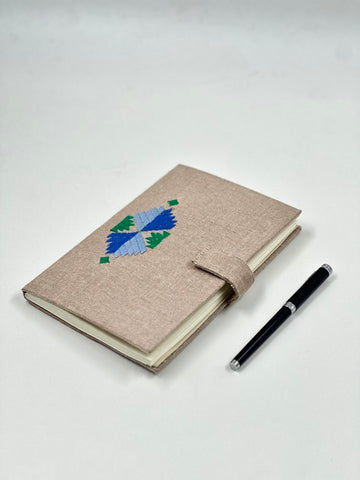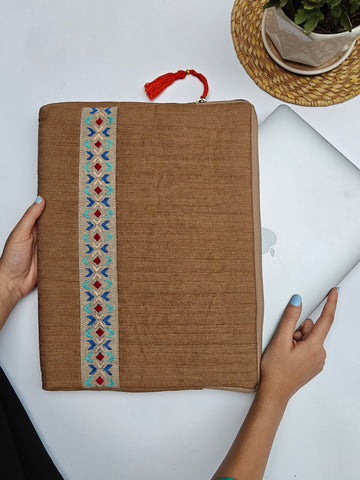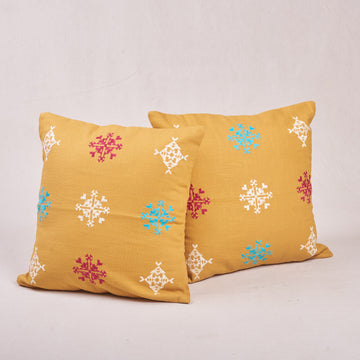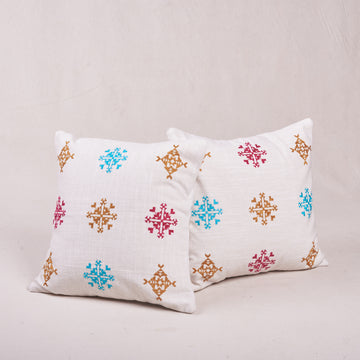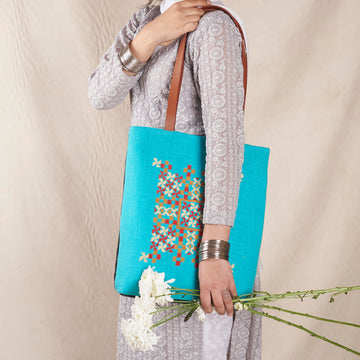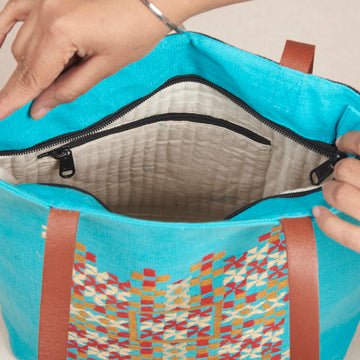Phulkari
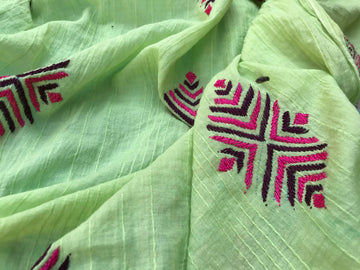
Phulkari
Imagine yourself in rural Punjab more than half a century from now. Amidst the mustard fields – walks an Indian goddess, garbed in a garment filled with colourful, closely knit floral embroidery. As she strides among the field of flowers under the sun-streaked blue, she appears as a life-like garden moving past in a wondrous wave of colours. If fortune bestows you with a genuinely embroidered Phulkari garment, favour yourself by imagining a time when daughters took an important step towards coming of age, by hand-crafting their first Phulkari, or when grandmothers embroidered Phulkaris as wedding gifts for granddaughters. Understand that what you wear isn’t fashioned in a factory but is rather made by history. It's carrying a pure artistic tradition, sprung from hand-crafting techniques that were learned by observation, that were taught by word of mouth and that were passed on from generation to generation.
A story woven with silken threads
Imagine yourself in rural Punjab more thanThe word Phulkari is derived from two words: "phul," meaning flower, and "kari," meaning work. Phulkari is a traditional embroidery technique from the Punjab region of India and Pakistan. It is a time-consuming and intricate embroidery technique that requires a lot of patience and skill. Historically, women habitually expressed their emotions on fabric and choreographed lived histories through it.These embroideries were a reflection of their societies, its demands and its obligations. In Punjab, it was popularly believed that the birth of a girl child in the family was auspicious. The mother and grandmothers would start embroidering Phulkari dupattas upon her birth because they believed that she would be the creator for future generations. Today, the Phukaris have become much more commercialised, even though its ritualistic significance is still very important in the rural parts of the state. half a century from now. Amidst the mustard fields – walks an Indian goddess, garbed in a garment filled with colourful, closely knit floral embroidery. As she strides among the field of flowers under the sun-streaked blue, she appears as a life-like garden moving past in a wondrous wave of colours. If fortune bestows you with a genuinely embroidered Phulkari garment, favour yourself by imagining a time when daughters took an important step towards coming of age, by hand-crafting their first Phulkari, or when grandmothers embroidered Phulkaris as wedding gifts for granddaughters. Understand that what you wear isn’t fashioned in a factory but is rather made by history. It's carrying a pure artistic tradition, sprung from hand-crafting techniques that were learned by observation, that were taught by word of mouth and that were passed on from generation to generation.
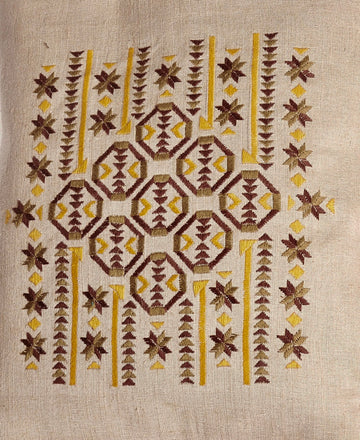
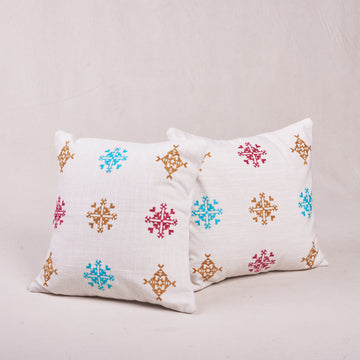
Technique
Phulkari derives its richness from the use of darn stitches in different directions (horizontal, vertical, and diagonal). Unlike others, embroidery on Phulkari is done from the wrong side of the khaddar with a floss silk thread called pat. Darning stitch is the most commonly used technique to make Phulkari and the quality of a piece is measured according to size of the stitch. The smaller the stitch, the finest the piece. In order to create an unusual design or to border the khaddar, some other stitches like the herringbone stitch, running stitch, Holbein stitch or buttonhole stitch are occasionally used.The fabric used for Phulkari is typically cotton or silk. The embroidery is done with silk threads in bright and vibrant colors, such as red, green, yellow, and blue. The designs are usually floral patterns that are inspired by nature and the environment of Punjab. Inspiration is also drawn from vegetables, flowers, and animals.








